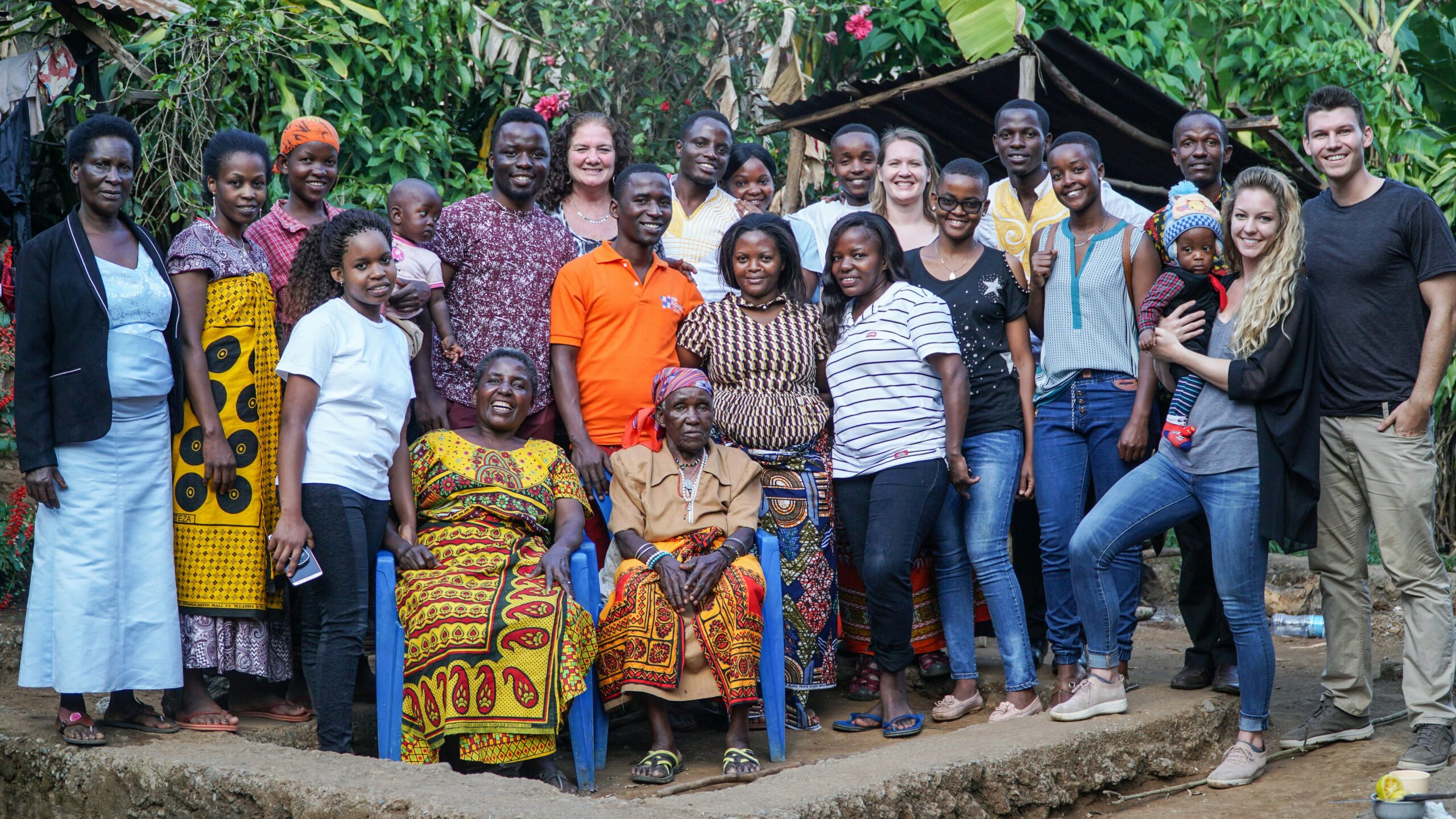
Contemporary Business and Community Engagement (CBCE) has become a cornerstone of sustainable growth in today’s interconnected world. Leaders who embrace CBCE recognize that businesses do not exist in isolation. They thrive when communities prosper, and they falter when local needs go unaddressed. By adopting CBCE, organizations create a model where profit and purpose align seamlessly.
At the same time, CBCE reshapes leadership by placing people at the center of strategy. Leaders use it to build trust, strengthen connections, and foster resilience within communities. This approach demonstrates that economic progress and social development are not separate paths, but rather intertwined journeys. When leaders adopt CBCE as a guiding principle, they unlock opportunities for communities and organizations to grow together.
Building Stronger Communities Through Engagement
Empowering communities requires more than financial contributions. True empowerment comes from consistent engagement, shared decision-making, and a commitment to inclusivity. CBCE encourages organizations to listen closely to the voices within their communities. This open dialogue creates initiatives that address real needs rather than superficial ones.
Moreover, when communities feel heard, they respond with loyalty and cooperation. People begin to view organizations not as distant entities but as partners in progress. This bond strengthens resilience during crises and accelerates recovery. Through CBCE, communities gain more than support—they gain agency, confidence, and opportunities to shape their own futures.
Bridging Gaps in Access and Opportunity
One of the most significant impacts of CBCE is its ability to bridge gaps that hinder development. Economic inequality, lack of education, and limited access to resources often divide communities. Leaders who practice CBCE focus on closing these gaps through innovative partnerships and programs. For example, investing in local education or supporting workforce training directly addresses systemic barriers.
Additionally, CBCE fosters connections between diverse groups within communities. Fostering collaboration across sectors reduces divisions and promotes inclusivity. This effort ensures that no one is left behind as progress unfolds. Bridging gaps not only uplifts underserved populations but also enriches entire societies by maximizing collective potential.
Driving Sustainable Economic Growth
CBCE demonstrates that economic growth and social development work best when pursued together. Organizations that engage deeply with communities create ecosystems where prosperity circulates widely. For instance, by sourcing materials locally or supporting small businesses, companies stimulate local economies and generate shared wealth. This cycle strengthens both community stability and organizational resilience.
Furthermore, CBCE ensures that growth remains sustainable. Leaders who prioritize ethical responsibility and environmental stewardship secure long-term success. They show that profitability does not need to conflict with purpose. In fact, businesses rooted in community engagement often outperform those that remain disconnected. Through CBCE, economic growth becomes a driver of equity and inclusivity.
Innovation as a Catalyst for Change
Innovation lies at the heart of CBCE’s success. Leaders who foster creativity and collaboration unlock solutions that traditional models overlook. For example, initiatives in renewable energy, digital literacy, or affordable housing often emerge from partnerships that value diverse perspectives and approaches. Innovation ensures that engagement remains dynamic and responsive to evolving challenges.
Additionally, innovation empowers communities to adapt. When people are part of innovative processes, they build skills and confidence that carry into other areas of life. This ripple effect strengthens resilience and promotes growth far beyond a single project. By embedding innovation into CBCE, leaders build futures that are adaptable, inclusive, and forward-looking.
Fostering Trust Through Transparency
Trust forms the foundation of every successful CBCE initiative. Leaders who act with openness and integrity foster confidence among stakeholders. Transparency involves sharing both successes and challenges, which demonstrates authenticity. Communities that see honesty are more likely to invest in partnerships with organizations.
At the same time, trust enhances accountability. Leaders who maintain transparency create a culture where responsibility is shared. This culture motivates both organizations and communities to remain committed to long-term goals. Trust, therefore, is not just a value—it is a driver of collaboration, resilience, and growth.
Preparing Future Generations
CBCE is not only about solving current challenges; it is also about preparing for the future. Leaders who invest in mentorship, education, and skills development empower younger generations to take on leadership roles. This investment ensures continuity, where values of empathy and responsibility pass from one generation to the next.
Moreover, involving young voices in CBCE initiatives strengthens inclusivity. Youth bring fresh perspectives and creativity that inspire innovative approaches. When empowered, they become advocates for sustainable change. By preparing future generations, CBCE guarantees that community empowerment remains a living, evolving process.
Lessons for Leaders Today
The lessons of CBCE highlight that leadership requires more than authority—it demands connection, vision, and adaptability. Leaders must view communities as partners, not recipients. By doing so, they create shared ownership of goals and outcomes. This shared ownership reinforces resilience and accelerates progress.
Furthermore, CBCE teaches leaders the importance of flexibility. Communities evolve, and so must strategies. Leaders who remain open to dialogue and are willing to adjust ensure that engagement remains authentic. These lessons remind us that empowerment is not a one-time act but an ongoing journey of collaboration and growth.
Empowering communities through CBCE offers a powerful blueprint for bridging gaps and building futures. It demonstrates that true progress arises when organizations and communities move forward together. By fostering trust, driving innovation, and preparing the next generation, leaders create environments where growth is shared and sustainable.
Ultimately, CBCE proves that empowerment goes beyond support—it is about partnership, opportunity, and vision. Leaders who embrace this approach shape communities that are resilient, inclusive, and capable of thriving in an uncertain world. In doing so, they create legacies that extend well beyond their organizations, leaving a lasting mark on society.